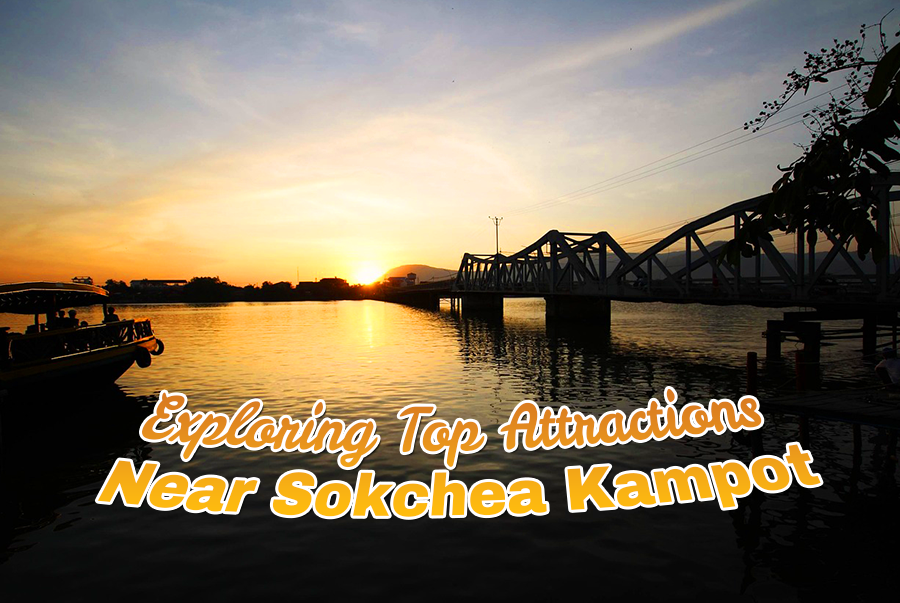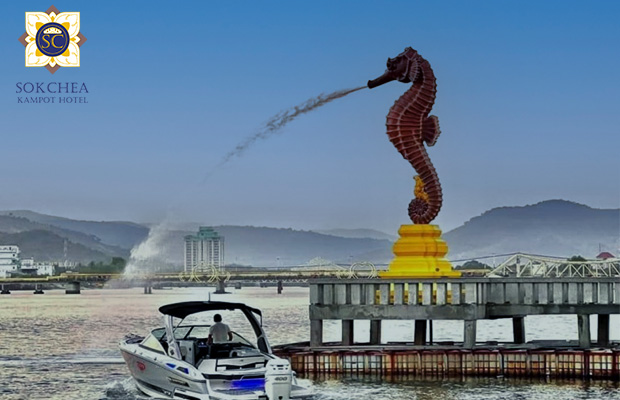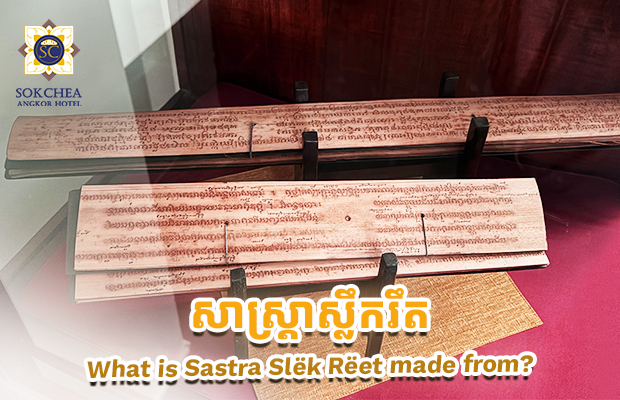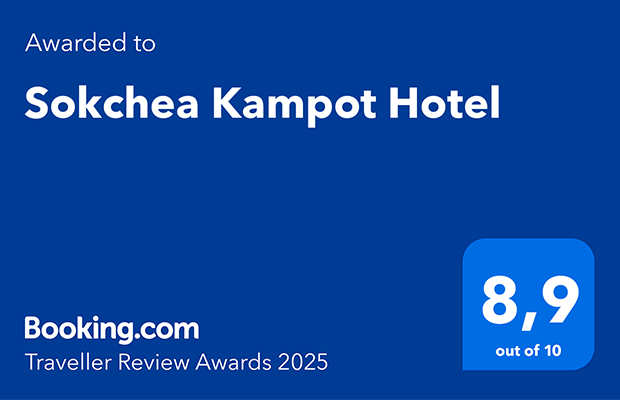Kampot has a long and fascinating history, dating back to the Angkorian period when it was an important trading hub. Over time, it played a significant role in Cambodia’s maritime trade due to its strategic location near the coast.
During the French colonial era (1863–1953), Kampot became a key commercial center. The French built roads, bridges, and colonial-style buildings, many of which still stand today. The town was also famous for its high-quality Kampot pepper, which gained international recognition.
In the 1970s, during the Khmer Rouge era, Kampot, like much of Cambodia, suffered greatly. Many historical buildings were abandoned, and the region’s economy declined. However, in recent decades, Kampot has revived, becoming a top destination for travelers looking to experience its unique blend of history, nature, and culture.
Top Things to Do in Kampot
1. Explore Bokor National Park
Bokor Hill Station, built by the French in the 1920s as a hill retreat, features abandoned colonial buildings, including the old Catholic church and the Bokor Palace Hotel. The park offers stunning views, waterfalls, and rich wildlife.
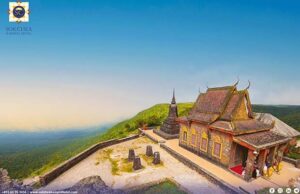
2. Walk Through the Old Colonial Town
Take a leisurely stroll through the old town, where you can see well-preserved French colonial buildings, such as the Kampot Provincial Hall and the Old Market.

3. Visit a Kampot Pepper Farm
Kampot pepper, once prized by French chefs, remains a symbol of the town’s agricultural heritage. Farms like La Plantation and BoTree offer guided tours where you can see the traditional growing and harvesting process.

4. Take a Sunset Cruise on the Kampot River
Enjoy a relaxing boat ride along the river, where you can admire mangroves, mountains, and fireflies at night.

5. Discover the Salt Fields
Kampot’s salt fields are a reminder of Cambodia’s traditional salt production methods. The best time to visit is during the dry season when workers harvest salt by hand.

6. Take a Day Trip to Kep
A short drive from Kampot, Kep was a popular French seaside resort in the early 20th century. Today, it’s famous for the Kep Crab Market, where you can enjoy fresh seafood.
7. Visit Phnom Chhngok Cave Temple
A fascinating cave with a 7th-century brick temple inside, Phnom Chhngok offers history and adventure in one stop.
8. Try Outdoor Activities
Kayaking or paddleboarding on the river.
Cycling through the countryside to see traditional Cambodian villages.
Tubing along the river for a relaxing afternoon.
Where to Stay in Kampot
For Comfort and Relaxation: Sokchea Kampot Hotel
A peaceful hotel with modern amenities, ideal for honeymooners, families, or those looking for a quiet retreat.
Offers a range of accommodation from Single Rooms to Family Rooms.

